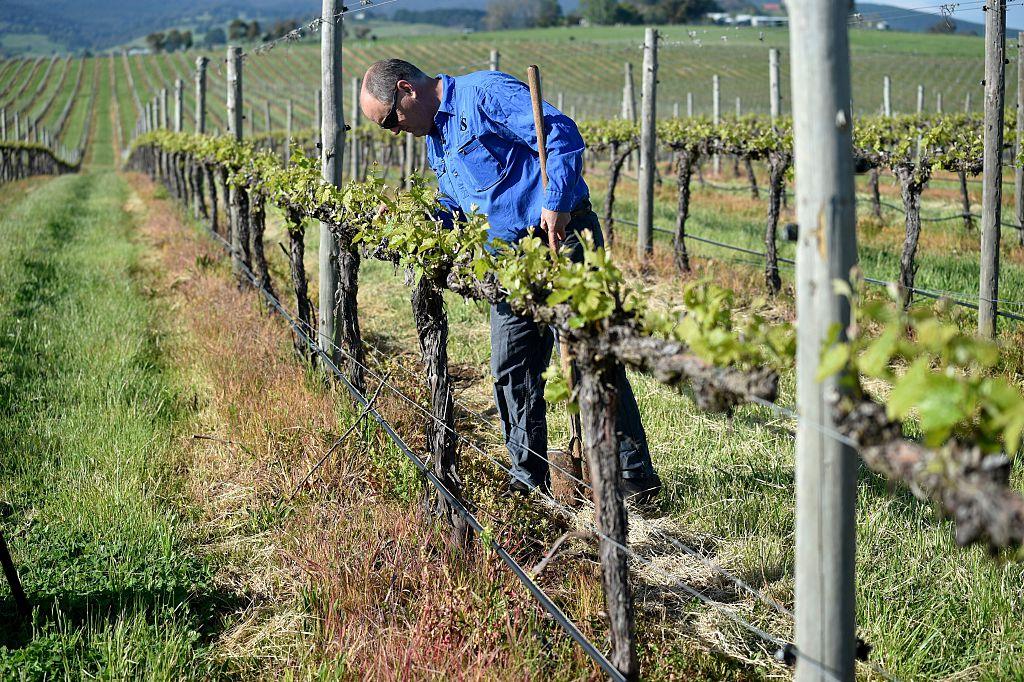Australia’s biggest wine producer will shut down one of its Victorian wineries, leaving about 60 vintners and staff out of a job.
ASX-listed Treasury Wine Estates announced it would sell its Karadoc winery by mid-2024, saying the change would allow the company to focus on its luxury and premium wine portfolios.




